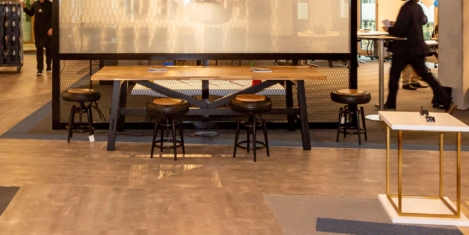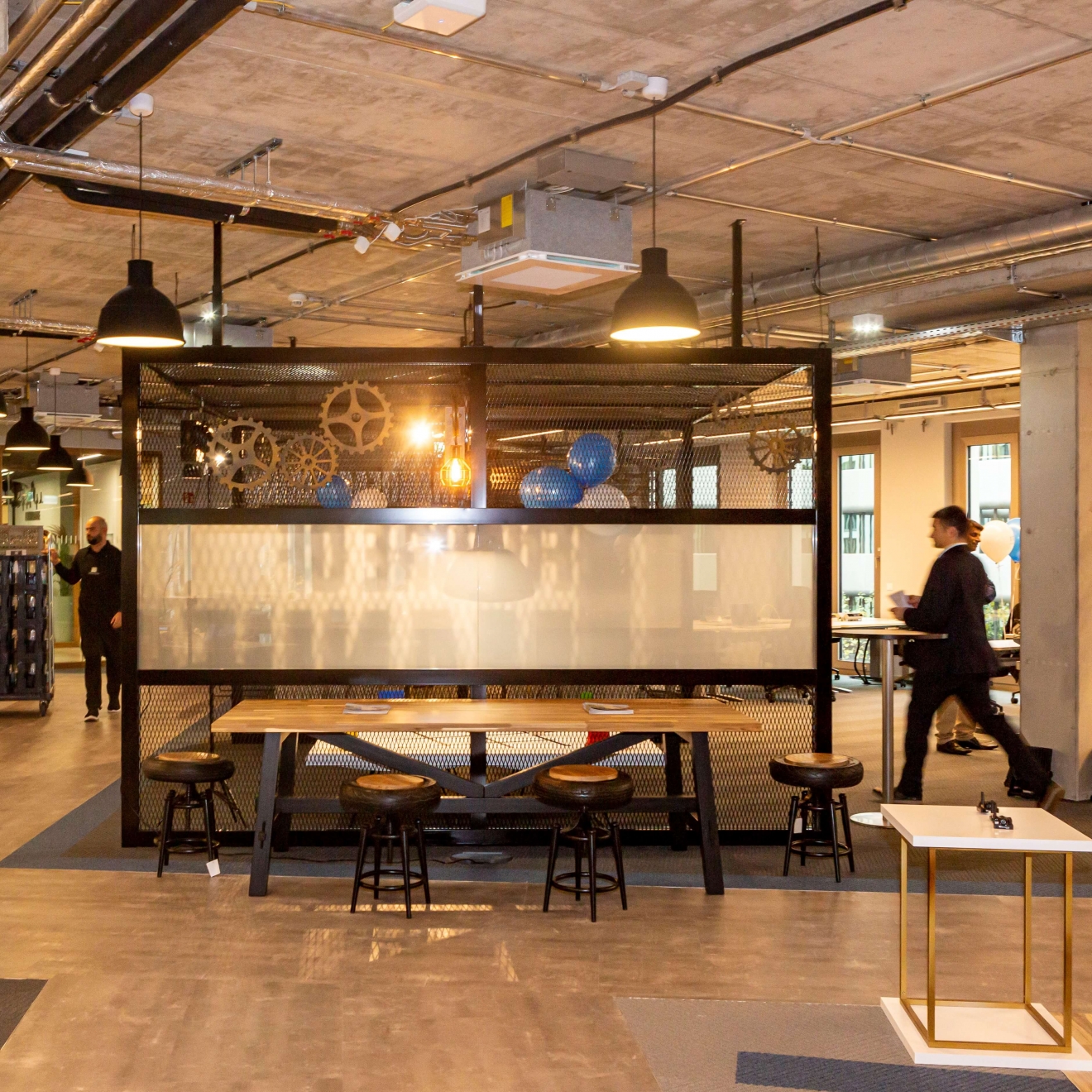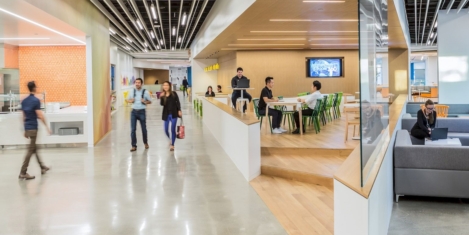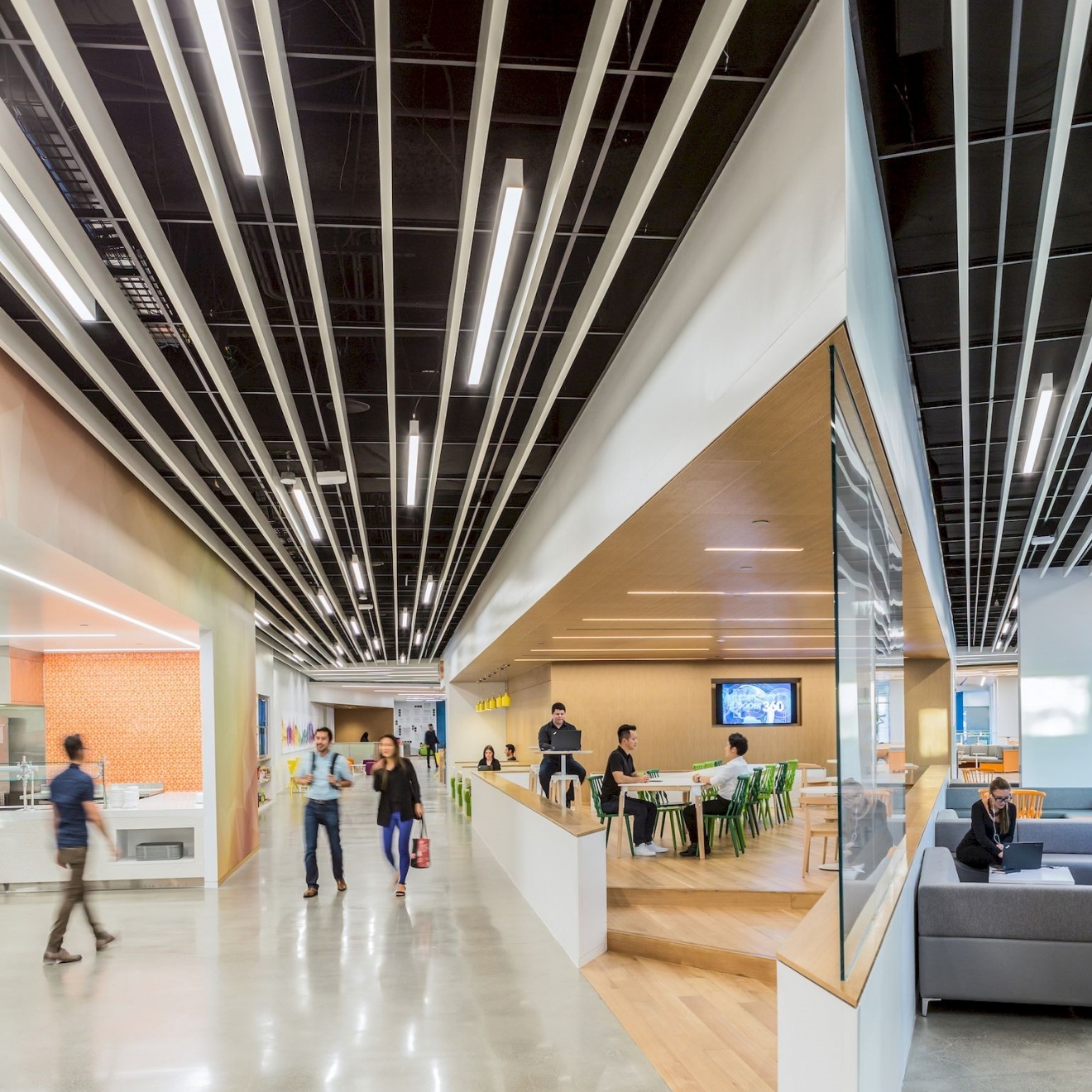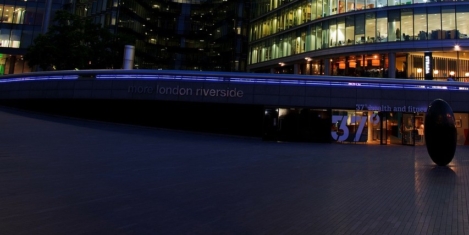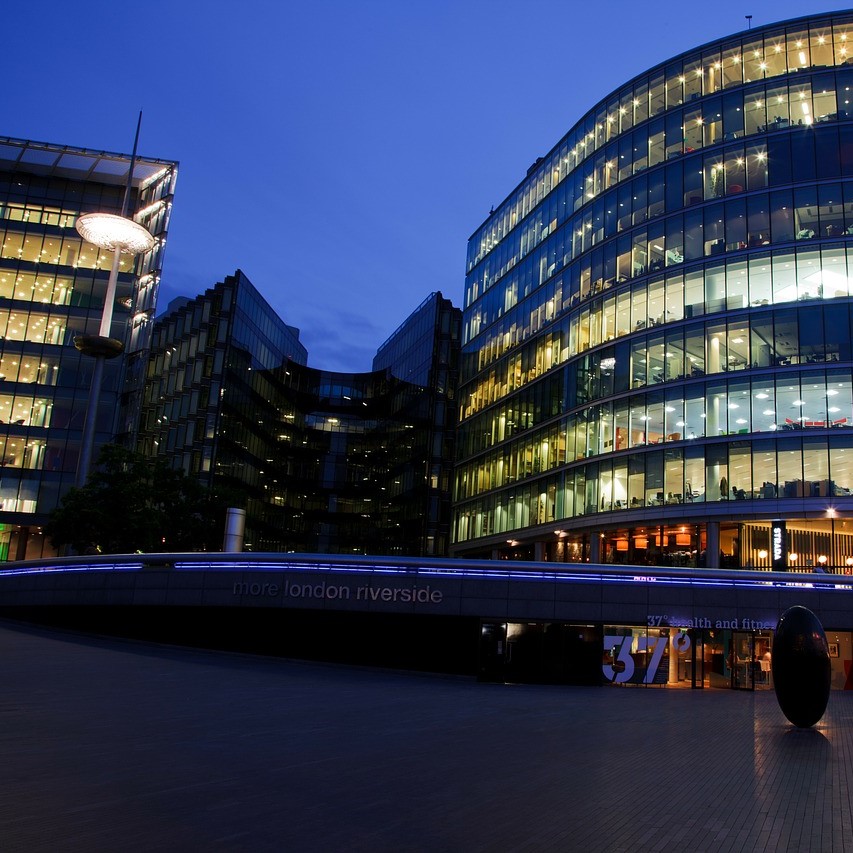November 12, 2019
IPSE launches manifesto for the self-employed
 IPSE (the Association of Independent Professionals and the Self-Employed) has launched #5millionvotes, a manifesto for the 2019 General Election. The manifesto claims to highlight the size and influence of the self-employed sector in the election, as well as outlining the policies parties should adopt to secure the support of freelancers. The number of self-employed has grown enormously in the last ten years to almost 5 million. They are now 15 per cent of the workforce – almost as much as the entire public sector. Collectively, they contribute £305bn to the economy every year, which is enough to fund the NHS twice over. (more…)
IPSE (the Association of Independent Professionals and the Self-Employed) has launched #5millionvotes, a manifesto for the 2019 General Election. The manifesto claims to highlight the size and influence of the self-employed sector in the election, as well as outlining the policies parties should adopt to secure the support of freelancers. The number of self-employed has grown enormously in the last ten years to almost 5 million. They are now 15 per cent of the workforce – almost as much as the entire public sector. Collectively, they contribute £305bn to the economy every year, which is enough to fund the NHS twice over. (more…)








